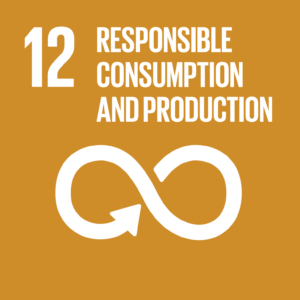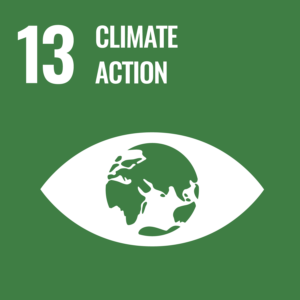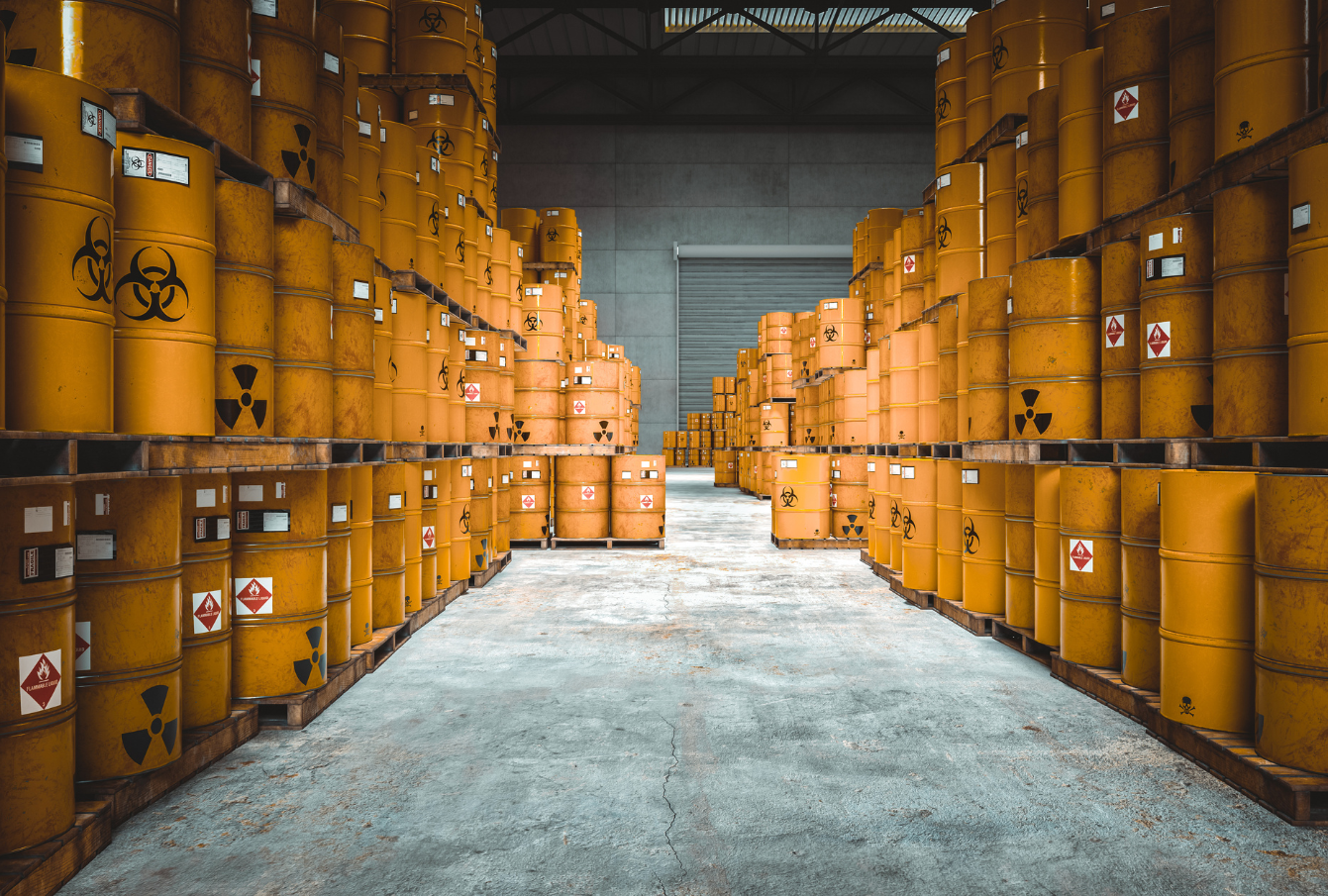 How Much Food Do We Waste? Probably More Than You Think
How Much Food Do We Waste? Probably More Than You Think
Globally, we produce about 931 million tonnes of food waste a year, or a third of all the food that we grow.
We have all heard about the food waste crisis, but how much food are we throwing away? In this article, we’ll break down the staggering global statistics, and discuss some of the initiatives to reduce food loss. According to the United Nations Environment Programme, approximately one-third of the food produced in the world for human consumption is lost or wasted every year. That’s about 931 million tonnes of food.
In 2019, the majority of this loss and waste came from households. Yet, a significant amount of food waste also takes place at the food service and retail levels. The problem of food loss and waste is complex and multi-faceted. Indeed, addressing it is critical if we want to ensure that everyone has enough to eat now and in the future.
Whatever the cause is, food waste has real consequences.
First, it wastes all the resources that went into producing that food – water, land, labour and energy. Second, it contributes to climate change by releasing greenhouse gases as it decomposes in a landfill. And finally, it’s morally wrong when so many people go hungry every day. Before we get into the potential solutions to this problem, let us define what food waste is and which stage is most responsible for it.
What is food waste, and what is food loss?
Food waste refers to food that is fit for consumption but is consciously discarded at the retail or consumption phases. On the other hand, food loss occurs before the food reaches the customer. It is a result of problems in the manufacturing, storage, processing, and distribution phases.
According to the U.S. Environmental Protection Agency (EPA), food waste accounts for the largest percentage of waste in landfills. There are many reasons why food goes to waste. Some of the most common reasons include:
- Expiration Many people throw away food because it has reached its end date, even though it may still be safe to eat.
- People often buy and cook more food than they need because they are afraid of not having enough.
- Aesthetics: Consumers often discard perfectly good food because it doesn’t look ‘perfect’. For example, bruised fruit or vegetables are often thrown away because people think they won’t taste as good.
Who is responsible?
In the United States, food waste is estimated at 30-40% of the food supply. That equals about 133 billion pounds and $161 billion worth of food. Yet, who is responsible for all this wasted food? There is no single answer to this question as many factors contribute to it. For example, growers may produce too much of a certain crop due to bad weather predictions. This could lead to good food going to waste.
Not to mention supermarkets, which may overstock their shelves with perishables to meet customer demand. Thus, many items go bad before they sell them. And finally, consumers themselves may buy more food than they need or let perfectly good food go bad because they don’t know how to store it.
In short, we all play a role in reducing the amount of food wasted each year. By being mindful of our eating and buying habits, we can help make a dent in food that goes to waste.
Solutions to reduce food waste
There are many ways to start making a difference, both on a personal level and in business ones. If you work in the food production chain, you can reduce food waste by improving product development. Moreover, you can work on storage, shopping/ordering, marketing, labelling, and cooking methods. Also, businesses can recover food waste by partnering with hunger relief organizations such as food banks and pantries. Last but not least, food waste can be recycled for animal feed, compost, bioenergy, and natural fertilizers.
If you are a private consumer, you could start by planning your meals. Take some time each week to schedule your meals for the upcoming days. It will help you use up ingredients before they go bad, and cut trips to the grocery store. Besides, before heading to the store, take inventory of what you already have. You may feel surprised at how many meals you can make with items that were taking up space in your pantry or fridge. Finally, make a compost bin. If you have a backyard, consider making a compost bin to turn food scraps into nutrient-rich soil. If you don’t have a yard, there are community composting programs available in many cities.
Real actions, for real consequences
To summarize, food waste has real consequences, regardless of the cause. It wastes all the resources used to produce that food, including water, land, labour, and energy. It contributes to climate change by emitting greenhouse gases during landfill decomposition. Moreover, it is wrong when so many people go hungry daily. We hope this article has helped shine a light on the amount of food we waste and how it affects our planet. From improving the food production chain to shopping smarter and eating leftovers: there are plenty of ways to reduce food waste.








